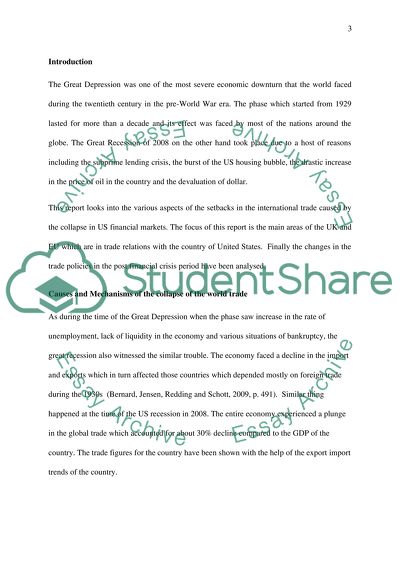Cite this document
(“Macro & Micro economics Essay Example | Topics and Well Written Essays - 2000 words”, n.d.)
Macro & Micro economics Essay Example | Topics and Well Written Essays - 2000 words. Retrieved from https://studentshare.org/macro-microeconomics/1492891-1-explain-the-main-causes-and-mechanisms-of-the-collapse-in-world-trade-during-the-global-financial-crisis-emphasizing-the-uk
Macro & Micro economics Essay Example | Topics and Well Written Essays - 2000 words. Retrieved from https://studentshare.org/macro-microeconomics/1492891-1-explain-the-main-causes-and-mechanisms-of-the-collapse-in-world-trade-during-the-global-financial-crisis-emphasizing-the-uk
(Macro & Micro Economics Essay Example | Topics and Well Written Essays - 2000 Words)
Macro & Micro Economics Essay Example | Topics and Well Written Essays - 2000 Words. https://studentshare.org/macro-microeconomics/1492891-1-explain-the-main-causes-and-mechanisms-of-the-collapse-in-world-trade-during-the-global-financial-crisis-emphasizing-the-uk.
Macro & Micro Economics Essay Example | Topics and Well Written Essays - 2000 Words. https://studentshare.org/macro-microeconomics/1492891-1-explain-the-main-causes-and-mechanisms-of-the-collapse-in-world-trade-during-the-global-financial-crisis-emphasizing-the-uk.
“Macro & Micro Economics Essay Example | Topics and Well Written Essays - 2000 Words”, n.d. https://studentshare.org/macro-microeconomics/1492891-1-explain-the-main-causes-and-mechanisms-of-the-collapse-in-world-trade-during-the-global-financial-crisis-emphasizing-the-uk.


